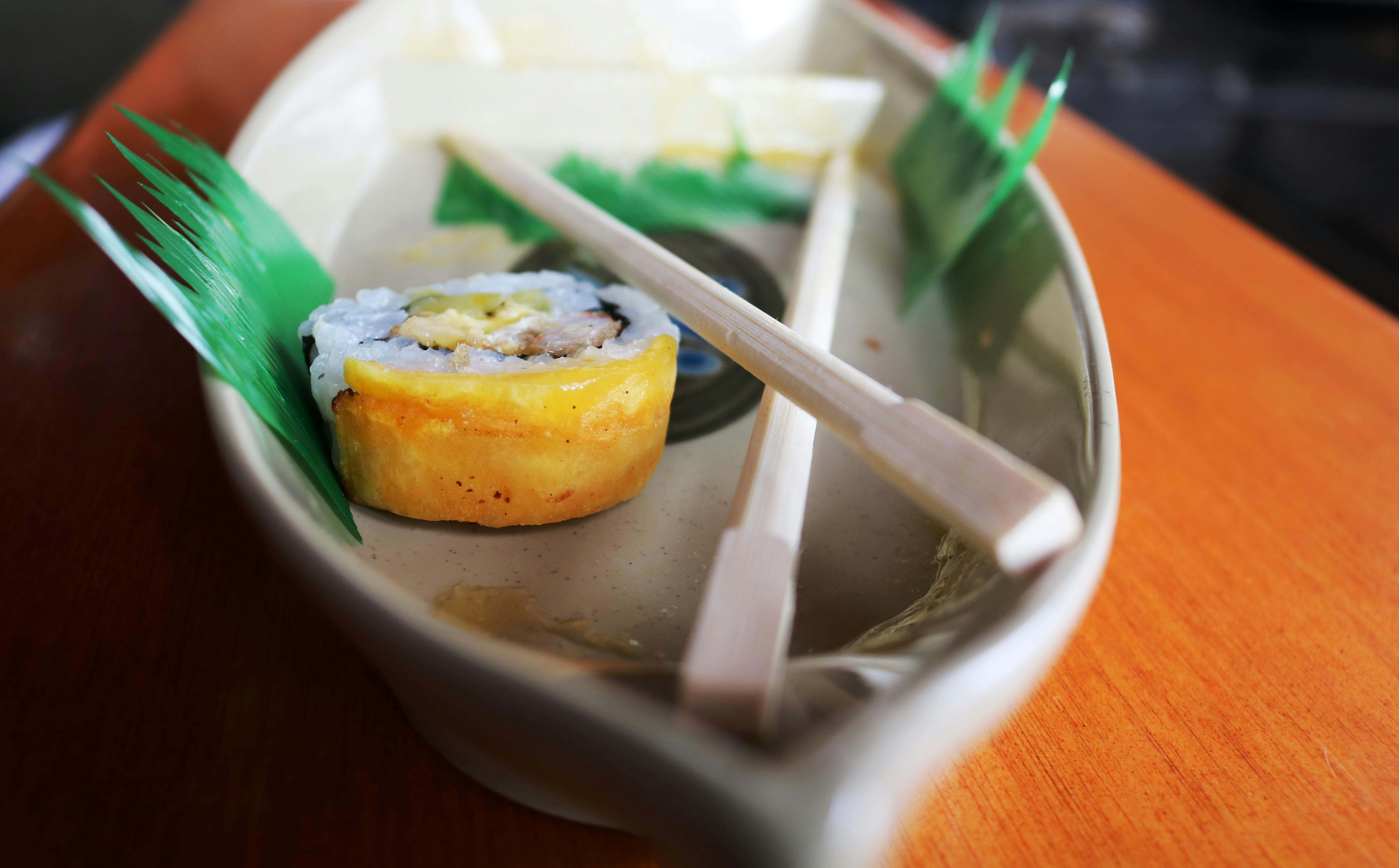The start of a triathlon is perhaps the most iconic moment of the race. Did you know that there are three different ways to start the race? In a time trial start, riders enter the water by their race number every three seconds. On a wave start, you enter the water with other swimmers of your gender and are usually assigned a number indicating your wave. In both types, a timer marks the time and it takes between 20 and 25 minutes to complete the start.
However, the most famous is the mass start where everyone starts when the gun is fired.
While exciting, it can also be a very different experience for beginners.
What makes swimming in a triathlon different from swimming in the pool?
The Washer Effect: You will feel this effect as soon as you enter the water, with hundreds of other triathletes trying to take their positions.
Accidental kicks: be prepared for them; they are quite common.
Head Up: Train to raise your head above the water between strokes to see markers and buoys.
Wetsuit: Get comfortable in your wetsuit; it can offer extra buoyancy and warmth, but it should become your second skin.
Drafting: Taking advantage of the ‘pull’ effect when swimming behind a lead swimmer is legal in triathlons and an art that can be very helpful.
Open water swimming has its challenges, but help is at hand. We’ve covered some life-saving tips for your swimming technique this season:
1. Practice bilateral breathing
Mastering your breath is one of the most important techniques for triathletes to adopt. Knowing how to breathe from both sides is important because weather and water conditions are unpredictable, other swimmers may be nearby, the direction of the sun may interfere with vision, and buoys may not be placed on one side.
2. Learn what head position works for you
A leading trainer of triathletes, Paul Newsome of Swim Smooth, argues that there is no one ideal head position for everyone. While many trainers feel that looking down is ideal, this position isn’t as good for open water swimming, where a forward-facing head position helps you navigate and stretch.
You also have to get used to water-clogged goggles. It is important to have a good pair of swimming goggles and learn how to position your head to get the best view with them.
3. Work on your catch and pull from the start
While head position, stroke and kicking get a lot of attention during traditional swim training, coach Paul Newsome advises that catching and throwing are techniques that must be mastered early on to be successful in open water swimming. He says it will take your swimming to the next level. Do the rowing and head up pole exercises to improve your reception.
4. Increase resistance work
Do some dry work to increase endurance, especially if you’re going to the gym. If you’re a beginner, your arms may not be fit enough to handle a triathlon swim yet, so pull-ups, cable pulls, side bends, and bench presses will help. to develop the resistance of the arms.
5. Video record your stroke
Most of us have experienced situations where the coach repeats something over and over again, but we are unable to see what they mean. An analysis of our video stroke will help you see exactly how it looks and where it needs improvement. You can continue with some work with resistance bands on solid ground to perfect the technique.
6. Perfect your posture
The best posture for swimming is a good posture. In general, good posture helps you keep your body straight in the water and will prevent things like arm crosses, reduced rotation, and scissor kicks. Good posture means a cleaner, stronger stroke and less energy expenditure.
7. Learn all the strokes
You might think, “But I’m never going to make butterflies in open water!” Of course you won’t, but that’s not why you need to practice other styles. When you challenge your body with different strokes, your body develops more strength due to the additional stimulus you gave it. You can gain a stronger core, mental fitness, and aerobic strength with every new hit you add to your abilities.
8. Do your exercises
The exercises will help you slow down your movement and focus on form and technique. You will perfect your muscular synchronization and, with it, your swimming. It’s all about well-timed movements and the exercises will help you achieve just that. Buoys are a good training tool to help you increase power during exercises.
If you are a beginner, swimming in open water can seem overwhelming at first. However, maintaining a rigorous training routine with plenty of practice will go a long way.
On race day, you also want to make sure you have the right gear and triathlon wetsuit to help you be successful.
